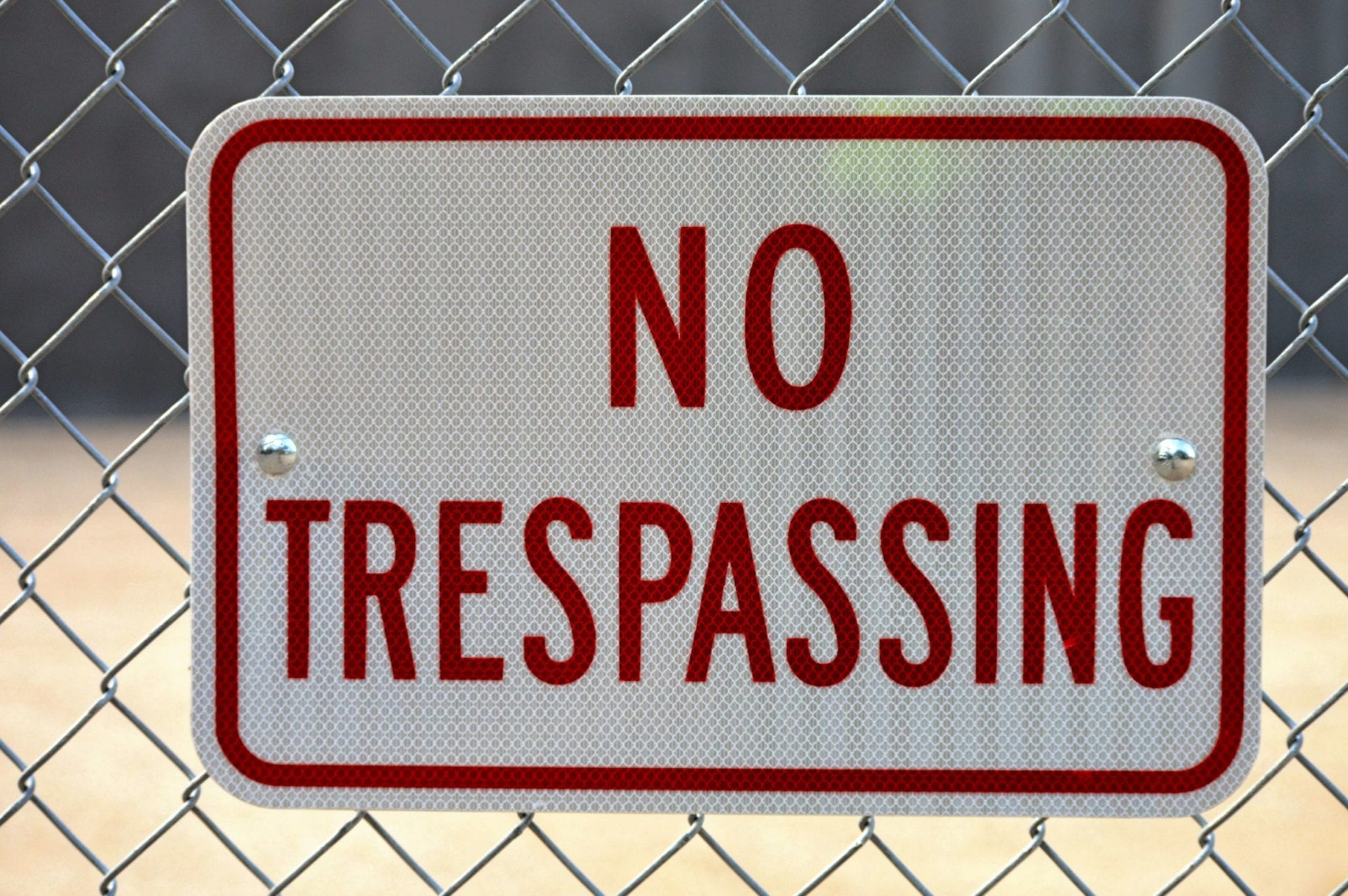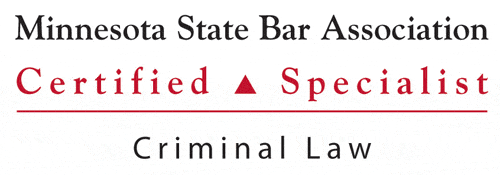
Although we can think of plenty of reasons leading to someone’s arrest in a building where they should not be, there are worlds of difference between trespassing charges and burglary.
Furthermore, criminal case conviction requires being found guilty beyond a reasonable doubt. If you or a loved one has been charged with burglary, you have the right to defend yourself.
That starts with being aware of the exact legal definition of Minnesota burglary. Your situation may not actually be grounds enough for a conviction.
How Minnesota Defines a Burglary Crime
Burglary is a specific crime. It’s not just stealing something, breaking into a house, or threatening harm. According to Minnesota’s Criminal Code, a burglary crime is specifically entering a building without consent and then committing a crime, or intending to.
So there are two important aspects of the crime:
- Being somewhere you shouldn’t be
- Committing a crime while you’re there (or simply intending to)
Being Where You Shouldn’t Be: Trespassing
In a burglary, the offender needs to be in a building where they are not allowed or welcomed. That can occur by breaking in, using keys or IDs to enter a place from which you have been barred, and other methods. On its own, this can result in charges of trespassing, but it does not warrant a burglary charge.
Committing a Criminal Act There
The second aspect of this crime is what makes a burglary charge unique. The perpetrator must intend to commit or actually commit another crime while trespassing.
If someone is arrested while trespassing, without having committed another crime, prosecutors may accuse them of intending to commit a crime to increase the penalties.
Burglary Is a Felony Conviction
That increase in penalties can be quite significant. Trespassing is at most a gross misdemeanor on its own and carries the potential sentence of one year in jail and/or $3,000 in fines.
However, first and second-degree burglary are both felonies, which carry significantly heavier penalties. A conviction of second-degree burglary can carry up to 10 years in jail or a $20,000 fine, while a first-degree burglary conviction can result in 20 years in jail or $35,000 in fines.
The thing is, intent can often be tricky to prove. An experienced Minnesota defense attorney already knows what strategies prosecutors are likely to take.
How Minnesota Prosecutors Prove Intent
Because it isn’t in the defendant’s best interest to admit to intent, prosecutors look for ways outside of in-court testimony. There are two primary methods prosecutors use in order to do it: through confession and by circumstantial evidence.
Confessions
The simpler method for proving intent is by securing a confession. Confessions can happen during the arrest, while the defendant is in custody, or today, even on social media.
An example of a social media confession would be someone bragging about the crime on Twitter before or after the burglary itself. (It happens more often than you might think.)
Circumstantial Evidence
Circumstantial evidence consists of any evidence outside of explicit confessions. Possession of burglary tools is a common type of circumstantial evidence and results in its own charge.
Other circumstantial evidence might be the possession of missing items or being caught in a location full of valuables, like a safe.

Ultimately, proving intent can decide whether you’ll spend decades in jail or walk away with a slap on the wrist. So while burglary is certainly a serious charge, you see, the intent is everything.
If prosecutors cannot prove intent to commit a crime beyond a reasonable doubt, then you cannot be convicted. Experienced Minnesota legal representation is key. You deserve to access the full power of the legal system. By arguing that there was no intent, you can make use of the standard of reasonable doubt.
About the Author:
Christopher Keyser is a Minneapolis-based criminal and DWI defense attorney known for fighting aggressively for his clients and utilizing innovative tactics to get the most positive results. He has been featured in numerous media outlets due to the breadth and depth of his knowledge, and recognized as a Minnesota Super Lawyers Rising Star (2014–2015), a Top 100 Trial Lawyer (2013–2015), and a Top 40 Under 40 Attorney (2013–2015).





